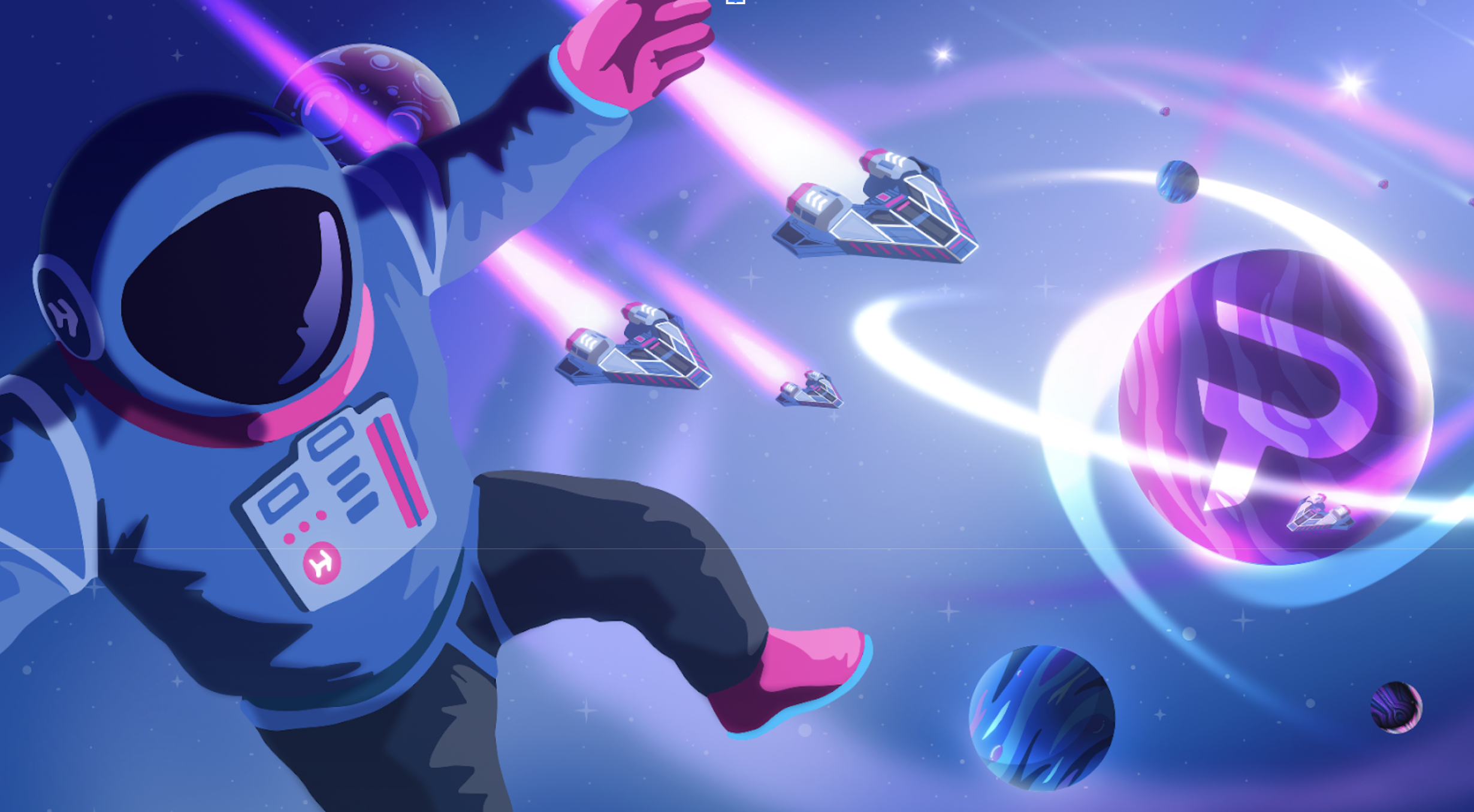Interchain deposits to Paradex are here - expanding access and enabling users to bring liquidity from more ecosystems directly into Paradex.
Trading starts with liquidity, but liquidity lives on more than one chain these days. That’s why users can now deposit USDC from Solana, Ethereum, Arbitrum One, Base, and Starknet to Paradex, connected by Hyperlane.
This launch marks the first step towards a fully interchain experience on Paradex, where users can access Paradex's full suite of features - from perpetual futures and options trading to high-yield liquidity vaults - from a single USDC deposit.
What Is Paradex?
The Paradex Exchange is a decentralized exchange (DEX) where users can trade crypto derivative assets like perpetual futures, or deposit assets like USDC into liquidity vaults to earn yield. The Paradex Exchange runs on the Paradex Chain - the first appchain built on Starknet. As a custom L2, Paradex Chain offers traders fast, low-cost trading with self-custody, and transactions are validated transparently on the L2 with Paradex’s on-chain risk engine.
With billions in monthly trading volume and thousands of daily traders, Paradex has already been growing at a rapid rate. But how does it keep up with a world of users spread across many different chains?
Why Go Interchain?
Paradex knew from the start that building a successful perp DEX requires deep liquidity. However, today liquidity is fragmented across different ecosystems, chains, and VMs. Interoperability is key for tapping into that liquidity.
While Paradex already supported bridging via external providers it needed a more integrated solution so that it could own, customize and scale independently to meet users where they are and support the growing demand for seamless interchain access.
That's where Hyperlane came in.
Why Paradex Chose Hyperlane
Native tokens interoperability (lock and mint) - Hyperlane's token bridging framework allows for secure native token transfers using a lock-and-mint mechanism that preserves the original token on Paradex Chain while enabling cross-chain functionality.
Full control + permissionless - Paradex gets complete ownership over the interoperability stack, meaning Paradex can customize and configure deployment on their own terms while maintaining the ability to expand permissionlessly to any of the 150+ chains connected by Hyperlane.
High-Performance Trading, Just One Deposit Away
Users can now bridge USDC over from Solana, Ethereum, Arbitrum One, and Base to start trading on Paradex.
This multi-VM bridging experience was built with Hyperlane Warp Routes - Hyperlane’s token bridging framework. HWR lets deployers choose how tokens are transferred between chains. Depending on the type of HWR, contracts will lock tokens, mint wrapped tokens, burn wrapped tokens, or release original tokens.
In Paradex’s setup, when users bridge, their USDC is first locked on the origin chain (the chain they are bridging from), and then an equivalent amount of USDC - bridged over from Starkgate - is released to the user on Paradex.
Deposit once, start trading right away.
Note that bridging to Paradex is currently deposit-only. Users can deposit USDC to Paradex but withdrawals from Paradex are not live yet.
Connected By Hyperlane
Hyperlane connects Paradex to chains and ecosystems beyond the Starknet ecosystem, giving Paradex users access to greater liquidity for trading. Their goal is simple: make it easy for users to deposit and trade with any asset from any chain - whether from Ethereum, Solana, Cosmos, or beyond.
By building with Hyperlane, Paradex gets:
- Broad Multi-VM Connectivity: Paradex can tap into liquidity from chains on multiple VMs. For instance, USDC bridging includes EVM support with Ethereum, Arbitrum One, and Base, as well as SVM support with Solana.
- Full Ownership: Paradex gets ownership over their interop stack, meaning they can customize and configure deployment on their own terms.
- Future-Proof Interop: And because Hyperlane is fully modular by design, Paradex can easily add or upgrade parts as needed, ensuring their interop stack is future-proof and resilient over time.
- Permissionless Expansion: Having deployed Hyperlane once, Paradex can now open up to any of the 150+ chains connected by Hyperlane today - whether its EVM, SVM, or Cosmos chains.
Many Chains. Many Assets. One Deposit Flow.
Paradex is building towards a future where users can easily deposit assets from any chain to start trading.
Today marks the first step to getting there.
With Hyperlane, high-performance trading on Paradex is now just a USDC deposit away.
More about Hyperlane
Hyperlane is the open interoperability framework. It empowers developers to connect anywhere onchain and build applications that can easily and securely communicate between multiple blockchains. Importantly, Hyperlane is fully open-source and always permissionless to build with.




